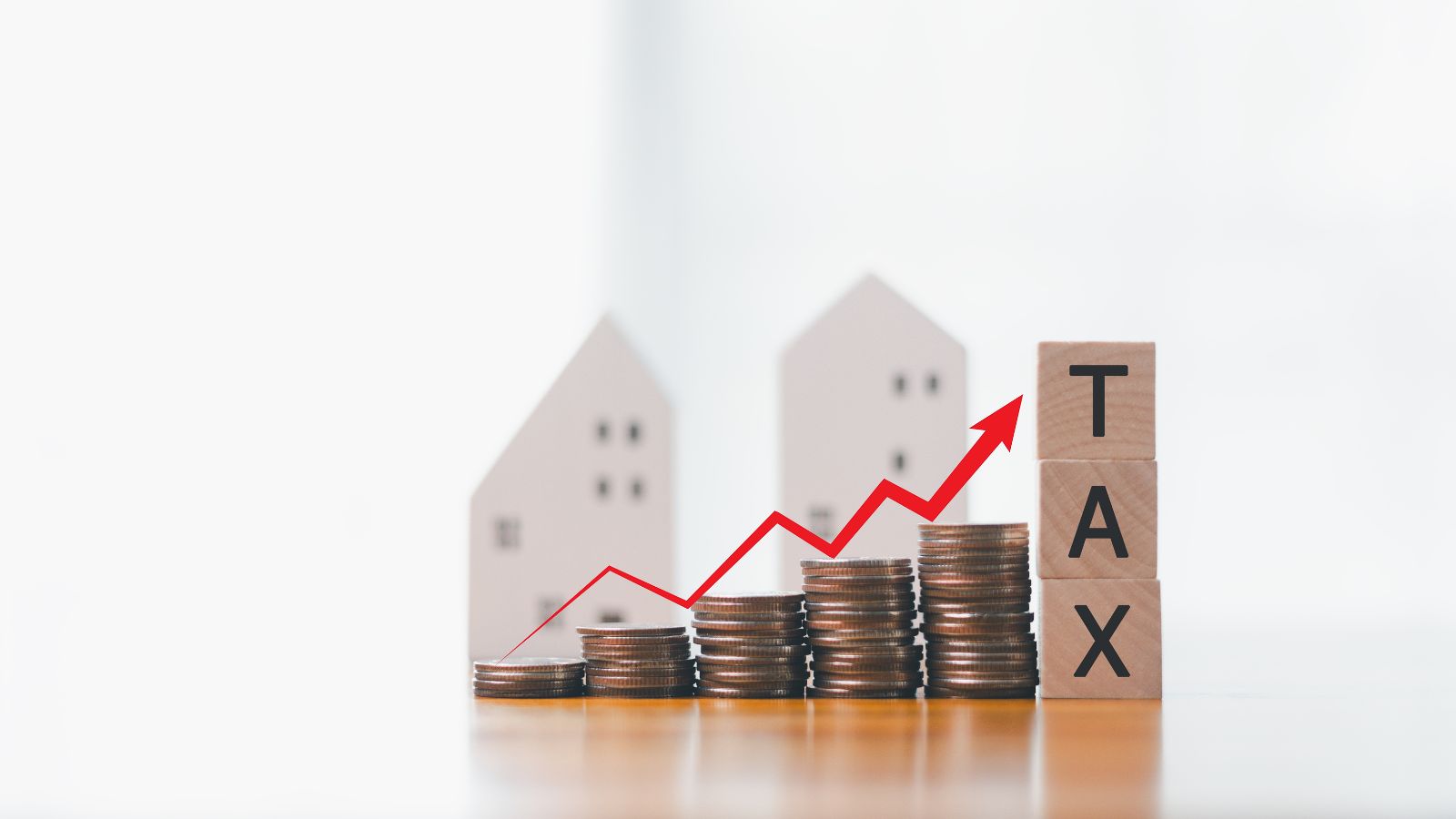High-cost states such as California, New York, and Massachusetts have strong industries, are culturally varied, and provide unrivaled opportunities. However, due to the high cost of living, residents of these locations may be driven to reassess their lifestyle choices. Over the last decade, there has been a direct pattern of out-migration as individuals and families leave high-cost states to pursue more inexpensive and sustainable living options. Below, we examine 19 strong and eye-opening reasons why people leave high-cost states.
Skyrocketing Housing Cost

High housing costs mostly drive out migration. Home prices and rents in locations like San Francisco and New York City cost a few dollars each hour. Many people cannot afford to own property or pay rent; therefore, they relocate to states with a more affordable housing market.
Rising Taxes

Other important considerations include state income taxes, property taxes, and sales taxes. California and New York have the highest tax burdens in the country. This makes it extremely difficult for middle-class families to save and invest for the future.
Difference in Cost of Living

These include high living costs, groceries, utilities, transportation, and healthcare. In contrast, lower-cost states provide a more balanced lifestyle regarding spending without using a considerable portion of one’s income.
Job Market Challenges

While high-cost states are centers for industries such as technology, finance, and entertainment, employment rivalry is severe, and incomes frequently do not keep up with living costs. Many workers choose states with growing economies where the cost of living is comparable to average incomes.
Remote Work Revolution

The COVID-19 epidemic has revolutionized the workplace, with remote work becoming the norm in many industries. This newfound freedom allows employees to live wherever they like, frequently causing them to leave pricey urban regions for more affordable suburban or rural communities.
Traffic and Commute Times

Cities like Los Angeles and New York are infamous for traffic congestion and commute times, which are now too expensive as a trade-off for many people’s lifestyles, especially when better options are available elsewhere.
Better Education Opportunities Abroad

While it is true that well-endowed states have multiple recognizable schools and colleges, the high cost of private education and variations in quality among public schools will drive many people to flee these expensive states. Low-cost states with equally outstanding education systems will entice these parents.
Crime Rates and Safety Concerns

There is usually a high crime rate in the urban areas of expensive states. People avoid settling in pricey states because of the high crime rate. Most parents want to create a better quality of life for themselves and their children by living in safer locations with lower crime rates.
Natural Disasters

Wildfires, earthquakes, and droughts are common natural disasters in high-cost states like California. This endangers human life and increases insurance and repair expenses. As a result, living costs in these areas will rise.
Political and Social Climate

The political environment in high-cost states can be classified. People leave these states because their policies and rules are incompatible with their ideals and relocate to locations that better reflect their convictions.
Business Unfriendliness

High-cost states do not appeal to business people and entrepreneurs because of high taxes, strict rules, and operating costs. Therefore, many such people may shift to Texas and Florida, where business-friendly regulations favor growth and innovation.
Bargain Retirement Opportunities

Pensioners often have to leave expensive states to get as much as possible out of their retirement funds. Quite trendy retirement spots are Arizona and Nevada, with good weather, living at a lower cost, and retirement-friendly tax policies.
Health and Wellness Incentives

It is expensive to live in such states, and this pressure weighs upon one’s mind and body and badly affects mental and physical wellness. So, people are looking forward to places where wellness is contributed by lower stressful effects, cleaner air, and access to the outside for exercising.
Lack of Community Feeling

Large cities in high-cost states might feel lonely, with few close-knit groups. Smaller towns in affordable states frequently promote a greater sense of belonging, which appeals to many people seeking stronger social relationships.
Desire for Homeownership

Many people in high-cost states cannot realize their ambition of property ownership. Affordable housing markets in Idaho, Tennessee, and the Carolinas make homeownership possible, luring individuals looking to settle down.
Cultural and Lifestyle Differences

As much as the high-cost states are often rich in cultural diversity, they may not always mesh with individual lifestyle preferences. States with slower-paced, community-oriented cultures attract the big-city soul-seeker.
Family Proximity

More than likely, people move closer to families for support, especially during significant points in the life cycle, such as having children or retiring. High costs might motivate people to move out of expensive places closer to loved ones living in cheaper locations.
Better work-life balance

Due to demanding employment and expensive living expenses, it is hard to maintain a work-life balance in high-cost areas. Relocating to a lower-priced state helps devote time to family, hobbies, and personal growth.
Economic Opportunities for New States

States like Texas, Florida, and Colorado have seen tremendous economic growth in the past few years. Such states have attracted people seeking a new beginning, with flourishing industries and lower-cost job prospects.
Conclusion

Migration away from high-cost states reflects changing objectives, work-related obligations, and financial circumstances. Cheaper housing, reduced taxes, and superior quality of life outweigh the advantages of entrenched urban lifestyles. This trend has broad implications. It enables the new entrant to get the right talent. But forces the governments to rethink their high-cost living policies and push people out. Ultimately, it reflects a shift in how people rate the quality of life relative to their environment, regardless of whether the imperative is economic, lifestyle, or personal.
18 Reasons Why People Are Leaving Florida in Masses

Exploring factors that impact the desirability of living in Florida, this list delves into various challenges shaping residents’ experiences. From environmental concerns like rising sea levels to economic factors such as fluctuating job markets, these issues collectively contribute to a nuanced understanding of the state’s appeal.
18 Reasons Why People Are Leaving Florida in Masses
